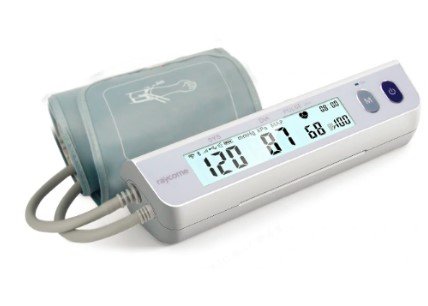Key Certifications for Chinese OEM Medical Devices to Enter the US Market
Summary
- Understanding medical device Regulations in the United States is crucial for Chinese OEM manufacturers looking to enter the market.
- Certifications such as FDA approval and compliance with ISO standards are necessary for Chinese OEM medical devices to be used in the US.
- Collaborating with reputable third-party testing labs can help ensure that Chinese OEM medical devices meet all necessary requirements for use in the United States.
Introduction
Medical devices play a vital role in the healthcare industry, providing essential tools and technologies for diagnosing and treating patients. However, before medical devices can be used in the United States, they must meet a set of rigorous standards and Regulations to ensure their safety and efficacy. For Chinese OEM manufacturers looking to export medical devices to the US market, understanding the certification requirements is essential. In this article, we will discuss the certifications that are required for Chinese OEM medical devices to be used in the United States.
Understanding FDA Approval
The Food and Drug Administration (FDA) is responsible for regulating medical devices in the United States and ensuring their safety and effectiveness. Any medical device that is manufactured or distributed in the US, including those produced by Chinese OEM manufacturers, must receive FDA approval before it can be marketed and sold.
Types of FDA Approvals
- Pre-market Approval (PMA): Certain medical devices that pose a high risk to patients require PMA, which involves a more rigorous review process by the FDA.
- 510(k) Clearance: Most medical devices can obtain 510(k) clearance, which allows them to be marketed if they can demonstrate substantial equivalence to a device that is already on the market.
- Clinical Laboratory Improvement Amendments (CLIA) Waiver: Medical devices used in clinical laboratories must comply with CLIA requirements, which include obtaining a CLIA waiver from the FDA.
Compliance with ISO Standards
In addition to FDA approval, medical devices must also comply with the International Organization for Standardization (ISO) standards to demonstrate their quality and safety. The ISO 13485 standard specifies requirements for a quality management system for medical devices, and compliance with this standard is often a prerequisite for entering the US market.
Benefits of ISO 13485 Certification
- Enhanced credibility and trust among customers and regulatory authorities.
- Improved efficiency and operational performance in the manufacturing process.
- Facilitated access to international markets that require ISO 13485 certification.
Collaborating with Third-Party Testing Labs
To ensure that Chinese OEM medical devices meet all necessary requirements for use in the United States, it is essential to collaborate with reputable third-party testing labs. These labs can provide testing and certification services to verify the safety, quality, and compliance of medical devices with regulatory standards.
Benefits of Third-Party Testing
- Expertise and experience in testing and certification of medical devices.
- Independent verification of compliance with regulatory requirements.
- Access to additional resources and guidance on navigating the certification process.
Conclusion
In conclusion, obtaining the necessary certifications is crucial for Chinese OEM medical devices to be used in the United States. From FDA approval to compliance with ISO standards and collaborating with third-party testing labs, manufacturers must meet a series of requirements to ensure the safety and efficacy of their products. By understanding and fulfilling these certifications, Chinese OEM manufacturers can successfully enter the US market and provide high-quality medical devices to healthcare professionals and patients.

Disclaimer: The content provided on this blog is for informational purposes only, reflecting the personal opinions and insights of the author(s) on the topics. The information provided should not be used for diagnosing or treating a health problem or disease, and those seeking personal medical advice should consult with a licensed physician. Always seek the advice of your doctor or other qualified health provider regarding a medical condition. Never disregard professional medical advice or delay in seeking it because of something you have read on this website. If you think you may have a medical emergency, call 911 or go to the nearest emergency room immediately. No physician-patient relationship is created by this web site or its use. No contributors to this web site make any representations, express or implied, with respect to the information provided herein or to its use. While we strive to share accurate and up-to-date information, we cannot guarantee the completeness, reliability, or accuracy of the content. The blog may also include links to external websites and resources for the convenience of our readers. Please note that linking to other sites does not imply endorsement of their content, practices, or services by us. Readers should use their discretion and judgment while exploring any external links and resources mentioned on this blog.
